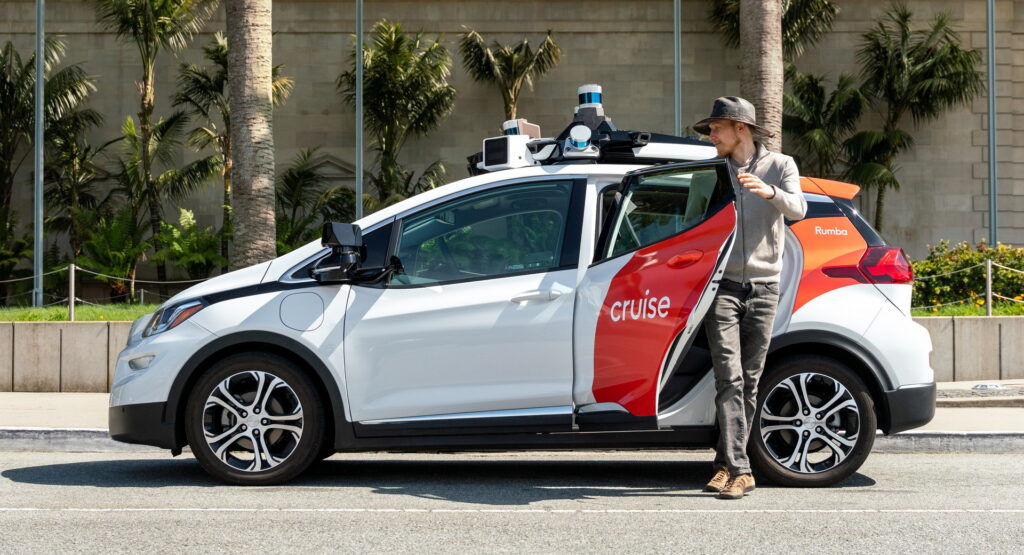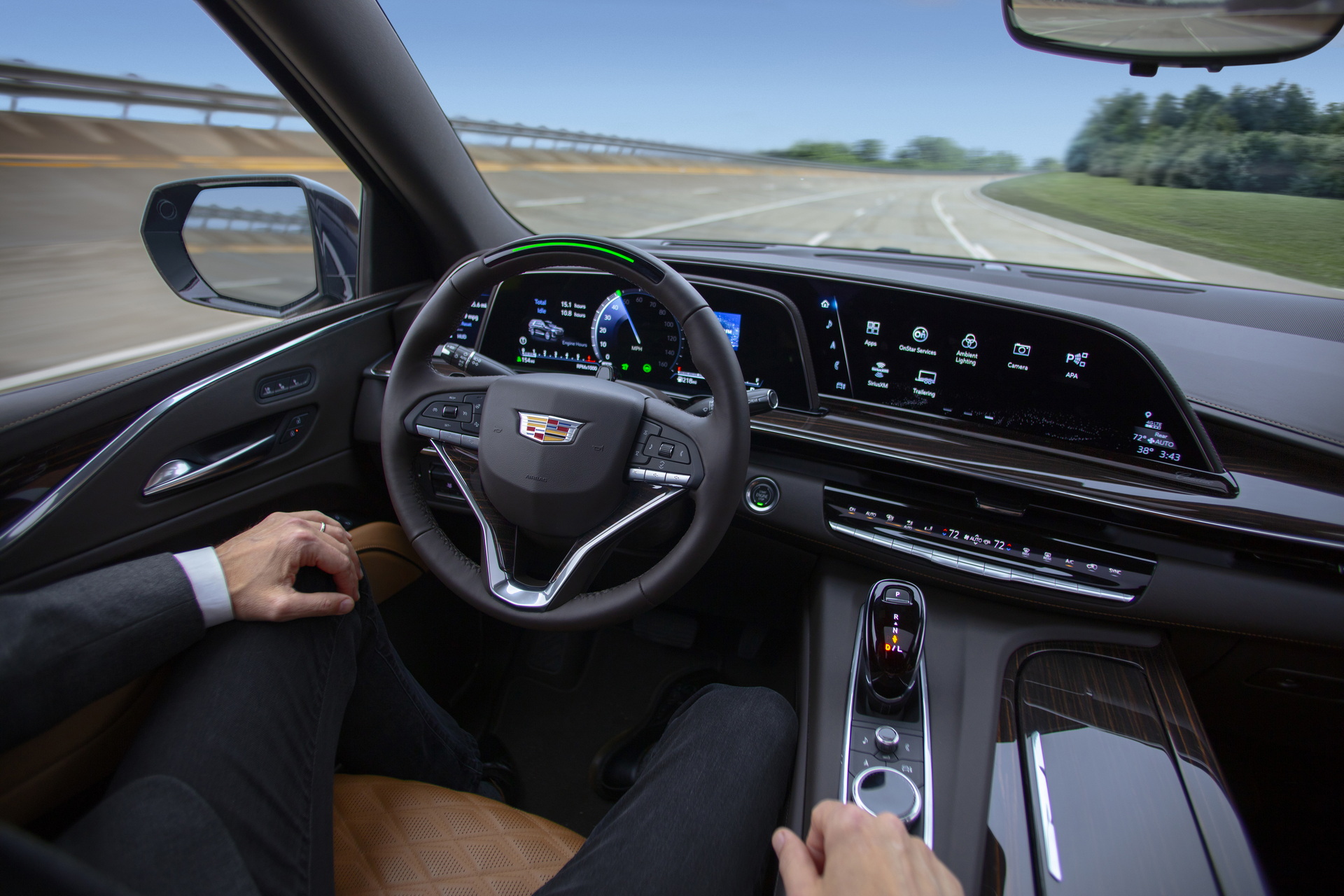In June, GM announced that the autonomous technology company in which it is a majority stakeholder, Cruise, would be the first to be permitted to charge passengers for robotaxi rides in America. The announcement came just as federal regulators announced that they would be taking a deeper look at advanced driver assistance technologies, and was followed by reports throwing into question Cruise’s business practices.
It’s in this context that GM President Mark Reuss has published a blog post defending the automaker’s approach to the development of advanced driver assistance systems (ADAS).
In his post, published on LinkedIn, Reuss argued that five key areas of focus make GM’s approach to development safer than that of other automakers like, say, Tesla. Reuss said that a commitment to testing, a variety of sensors and technologies, systems designed to assure that drivers are paying attention, its work with municipalities to keep track of construction and other road obstructions, and finally its education efforts mean that it can roll out its advanced driver assistance features safely.
Read Also: New Details Come To Light In Cruise Autonomous Vehicle Crash That Sent Passenger To Hospital
“Because safety is our focus, we’re investing significant time and resources to help ensure our features work safely before we go to market with these technologies,” wrote Reuss. “We want to generate consumer excitement that’s built on trust while working with key policymakers, community leaders and customers to help educate people about these technologies.”
That may prove to be more difficult than Reuss is making it out to be. Cruise has been implicated in several incidents, some of which are now being investigated by the National Highway Traffic Safety Administration. More to the point, a whistleblower recently came out alleging that the company’s safety culture was “chaotic” and that several employees had expressed concerns internally about the roll-out of its robotaxis.
To be sure, though, GM’s Super Cruise, its advanced driver assistance suite for privately owned vehicles, has been implicated in fewer accidents than some other notable systems. NHTSA recently revealed that it has received 367 reports of crashes relating to Level 2 ADAS systems across all manufacturers. Of those, two were from GM, whereas five were from Ford, 10 were from Subaru, 90 were from Honda, and a whopping 273 were from Tesla.
Tesla’s popularity and the number of high-profile accidents that have been linked to its ADAS systems may explain, then, why 44 percent of Americans believe that the widespread use of autonomous vehicles is a “bad idea,” according to the Pew Research Center. With large amounts of money invested in the technology, though, GM is doubtless eager to change public perception.
“Ultimately, we aim to eliminate human driver error while creating more time and space for what truly matters in life and improving mobility for those who cannot currently drive due to age, disability or other factors,” said Reuss. “That’s why we’re laser-focused on testing, validating and improving our hands-free driving technologies to provide our customers with safe features and systems.”










